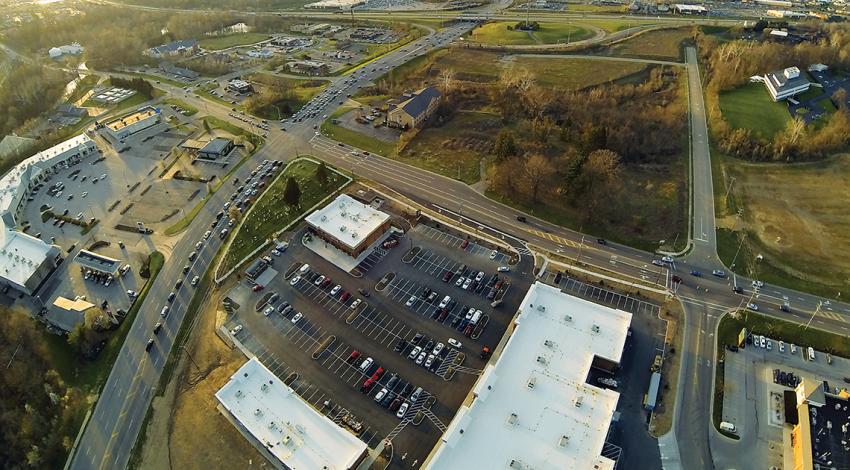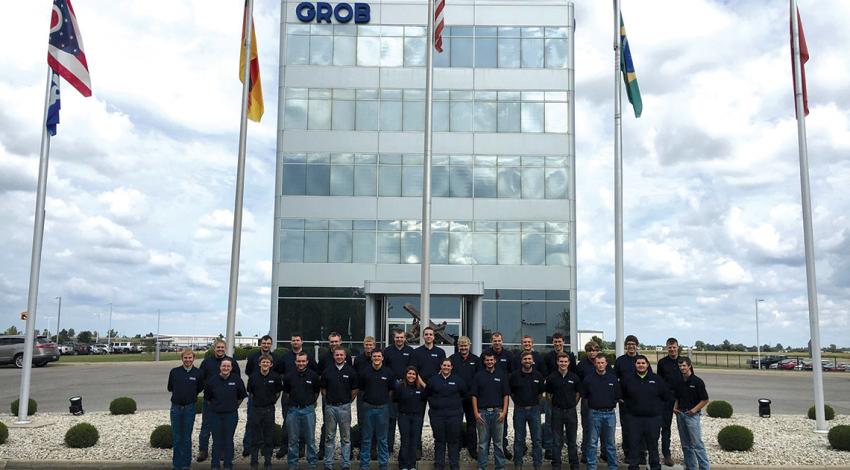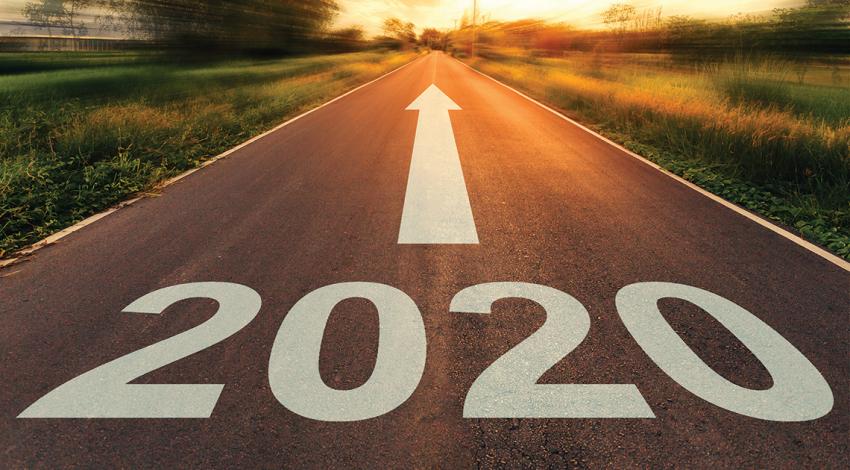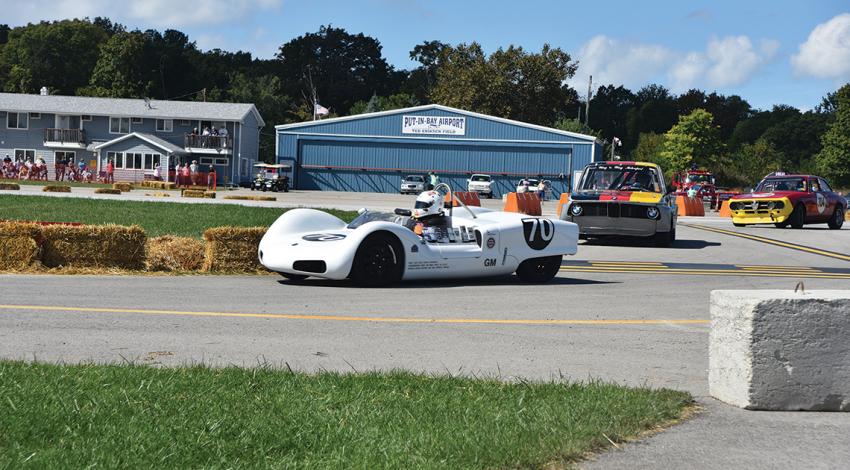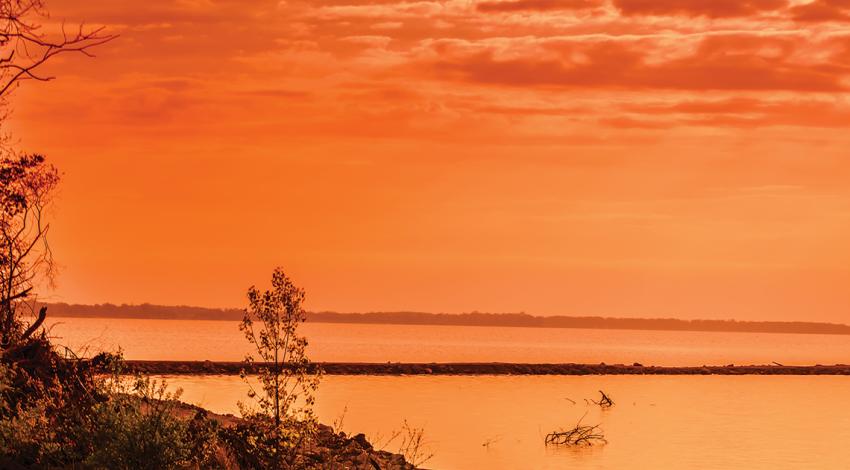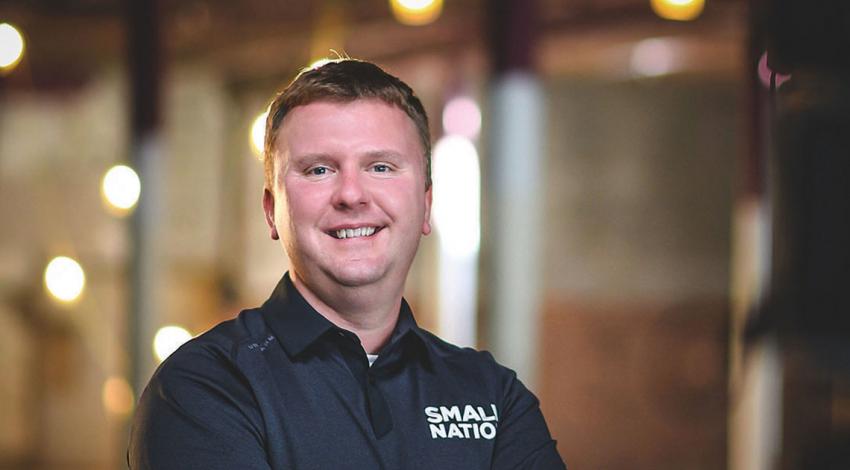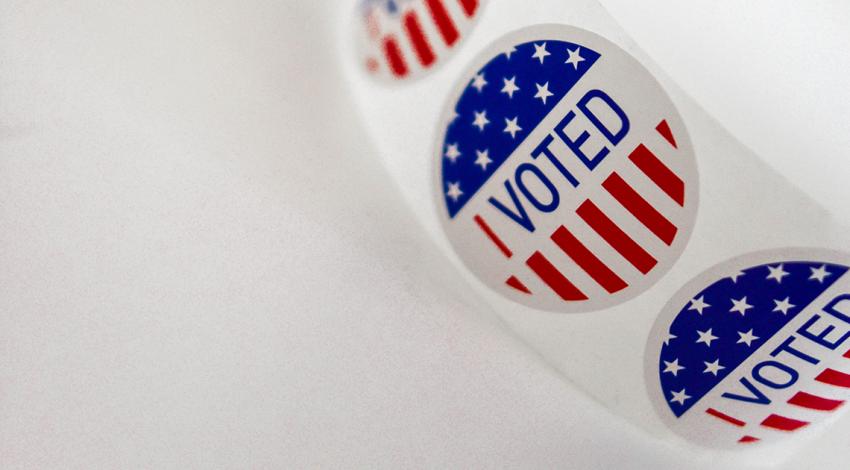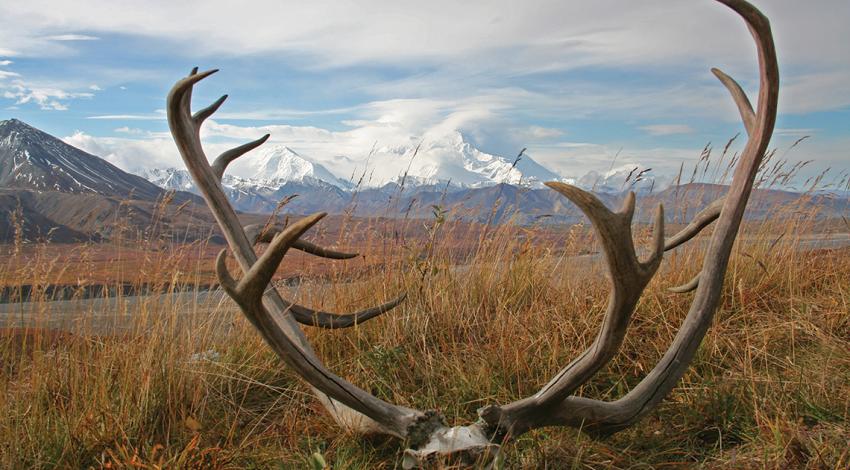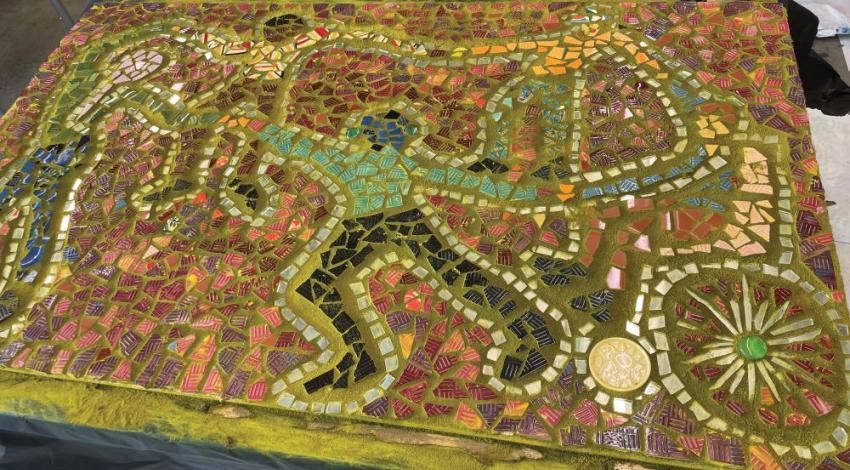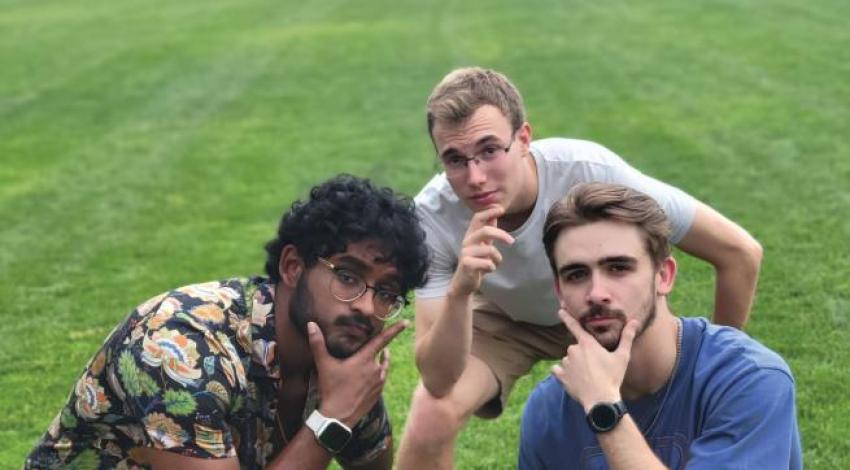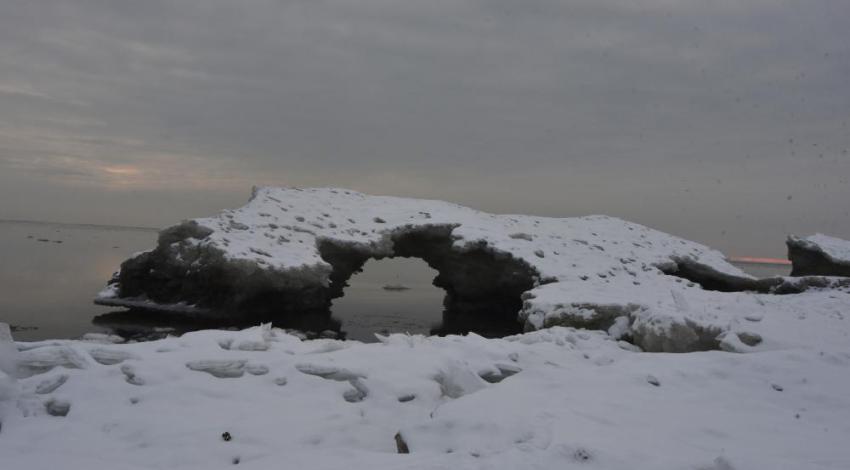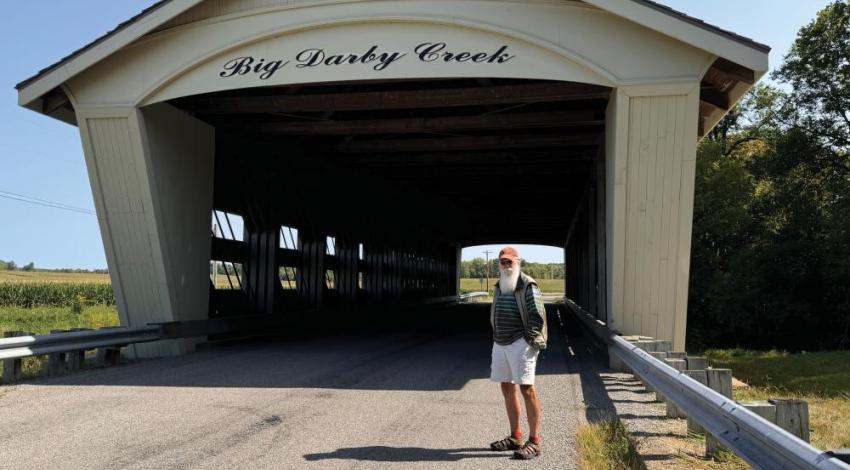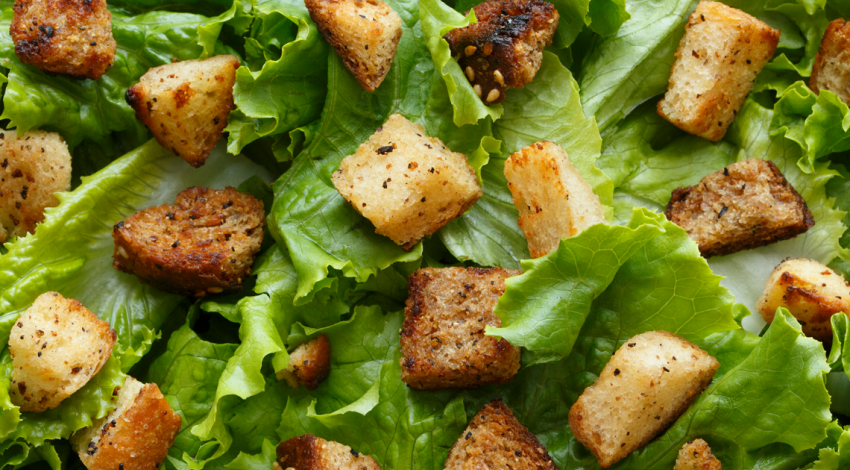July 2020
Since electric co-ops were first established during the 1930s, they have served mainly rural areas of the United States.
“We continually beat the drum among our members about what the co-op is,” says Phil Caskey, president and CEO of Consolidated Cooperative, which serves eight counties in north-central Ohio. Caskey says that many residents of suburban areas, as well as former suburbanites who move into rural areas, are unaware of the differences between electric co-ops and large, privately owned electric utilities. In addition, rural co-op members tend to have a better understanding of the co-op’s place in the community, he says.
Serving more than 11,000 members in portions of 10 counties, Hancock-Wood Electric Cooperative is located in the northwestern quadrant of the state, roughly centered around the city of Findlay.
Diverse consumer base
Findlay has been named the No. 1 “micropolitan” (a city between 10,000 and 50,000 people) five years in a row by Site Selection magazine for its ability to attract new business and expand existing ones. Hancock-Wood Electric Cooperative works to be a partner in driving economic development in Findlay and the surrounding region. Employees establish and maintain strong ties with local and state government officials and cultivate relationships with business partners.
Ohio’s electric cooperatives are looking forward to another year of progress in 2020 toward our goal of providing you with safe, reliable, affordable, and environmentally responsible electric service. We are thankful to have had another successful year in 2019. Following are some of the initiatives we have planned for 2020:
Years ago, Lake Erie’s South Bass Island was abuzz with fast, exotic imports once a year for a decade.
“I certainly hope it goes forward, because we’re planning for it,” says organizer Manley Ford (who drives a 1952 MG TD). “There’s always a lot of excitement, and we’ve already got quite a few registered.”
Midwest Electric, Inc., is situated in west-central Ohio, based in St. Marys. The cooperative serves 11,000 homes, farms, and businesses in Allen, Auglaize, Mercer, Van Wert, Shelby, Putnam, and Darke counties. One of the area’s most notable landmarks is Grand Lake in Celina and St. Marys, a man-made lake that attracts thousands of visitors every year with fishing tournaments, marinas, and lakefront restaurants. Grand Lake was originally built to supply water to the Miami and Erie Canal.
Jason Duff stood in the middle of the crumbling, mostly abandoned downtown area of his hometown, Bellefontaine, and saw what everyone else saw.
Unlike many others, though, he was able to look past the despair and see potential. Instead of heading to the brighter lights of bigger, more prosperous Midwestern cities, Duff decided to make a difference. He enlisted friends who shared his vision and his can-do attitude — along with plenty of talents and skills — and built a team to rebuild and revive their hometown.
Every election is determined by the people who show up.” It’s a platitude that Americans dust off every four years as we prepare to go to the ballot box either to cast a vote for change or to stay the course. Pundits traditionally delight in telling us that this is the most important election in the history of the democratic process. In reality, every election is an essential exercise of democracy that allows our voices to be heard through the ballot we cast.
One of America’s leading naturalists of the 19th century was the prolific Louis Agassiz (1807–1873), who, while teaching at Harvard, taught his students the skill of in-depth observation of natural objects. He did it by what his students termed “the incident of the fish.”
The same approach can be used to learn outdoor photography. Not that you have to stare at the same photo subject for hours on end, but developing the ability to “see” the details of photos before you attempt to take them is a crucial skill — yet one that anyone can learn.
One of Ohio’s best outdoor photographers is Art Weber, founding director of the Nature Photography Center for Metroparks Toledo. He says there’s a difference between looking at the natural world as an artist and as a photographer.
